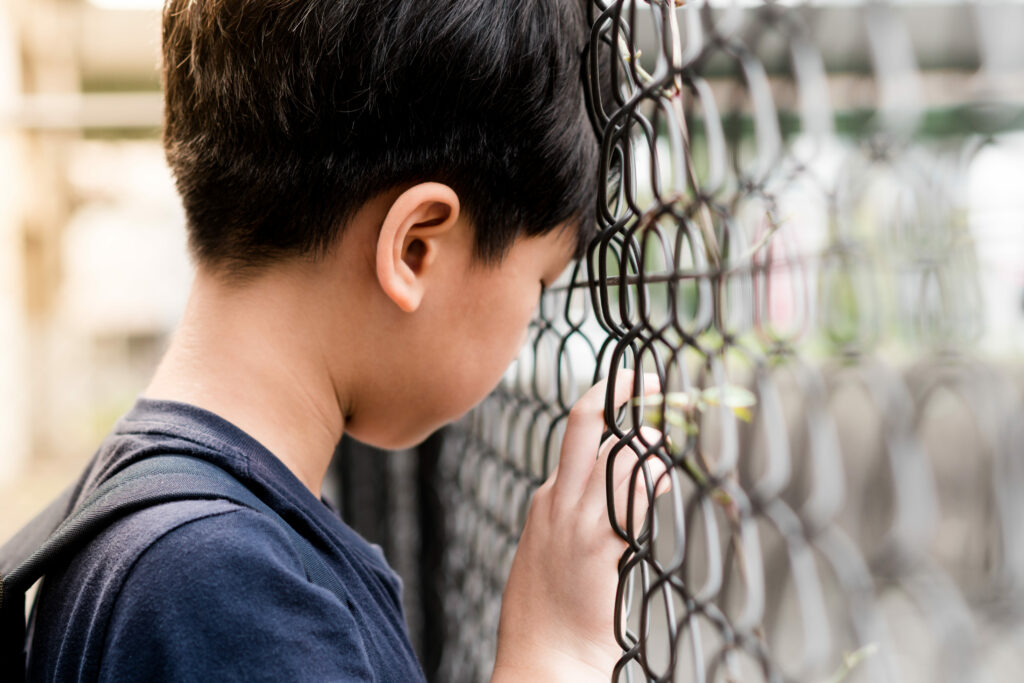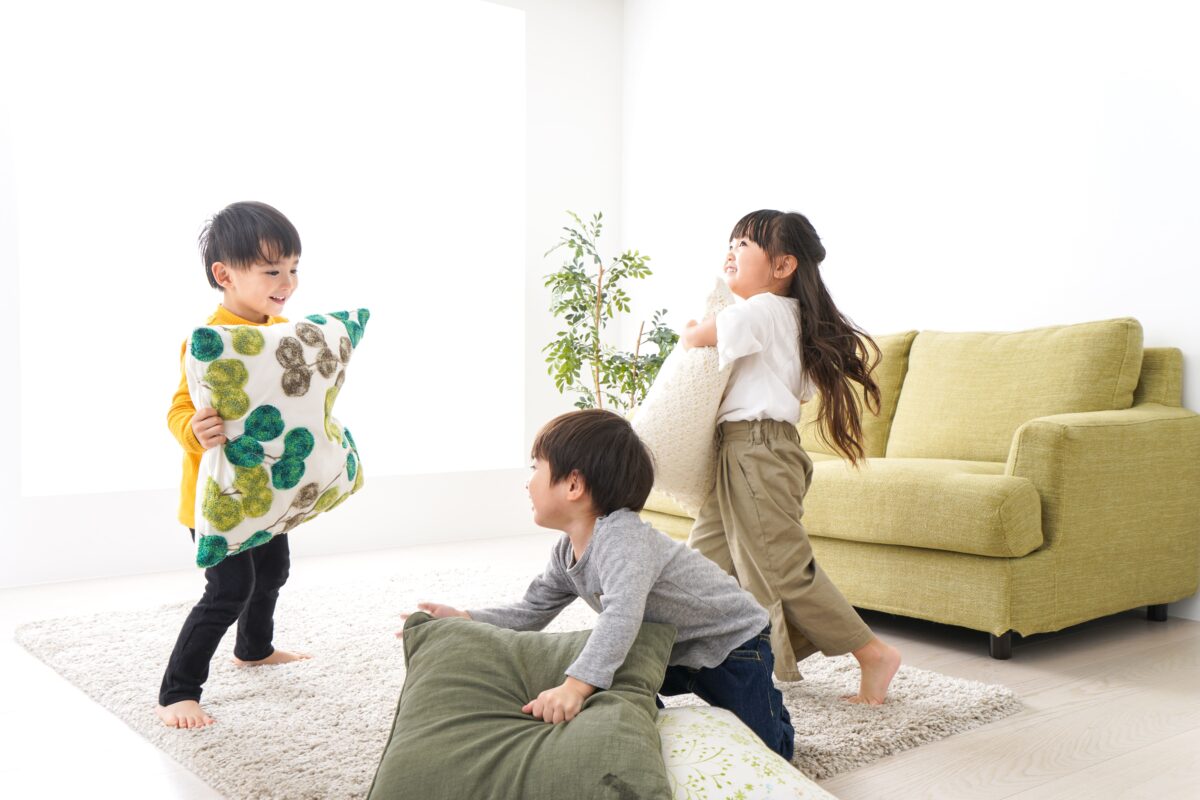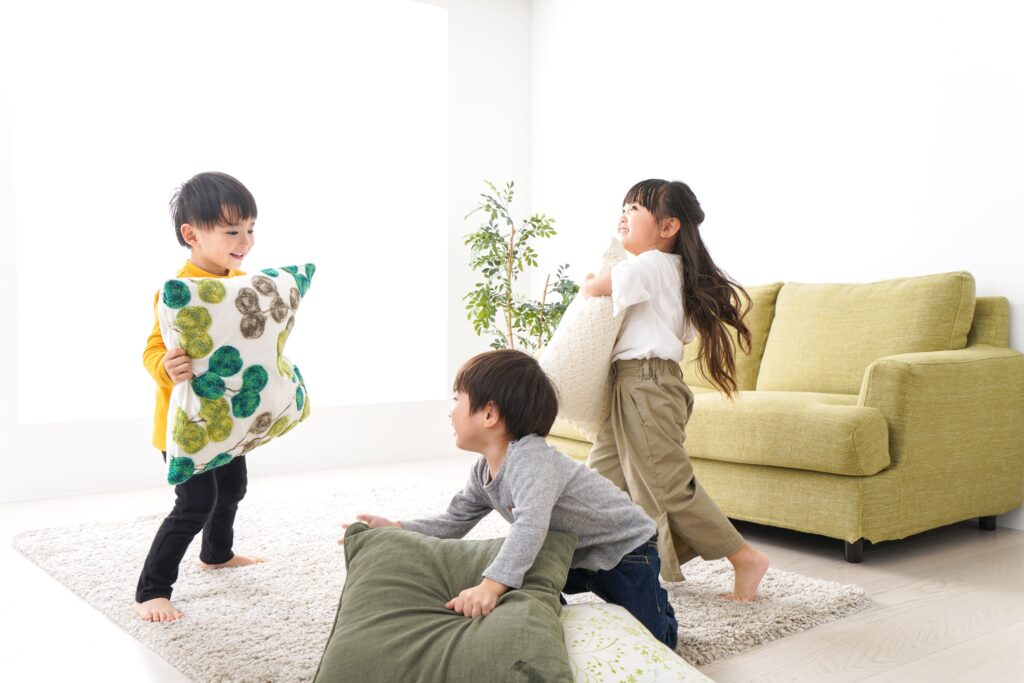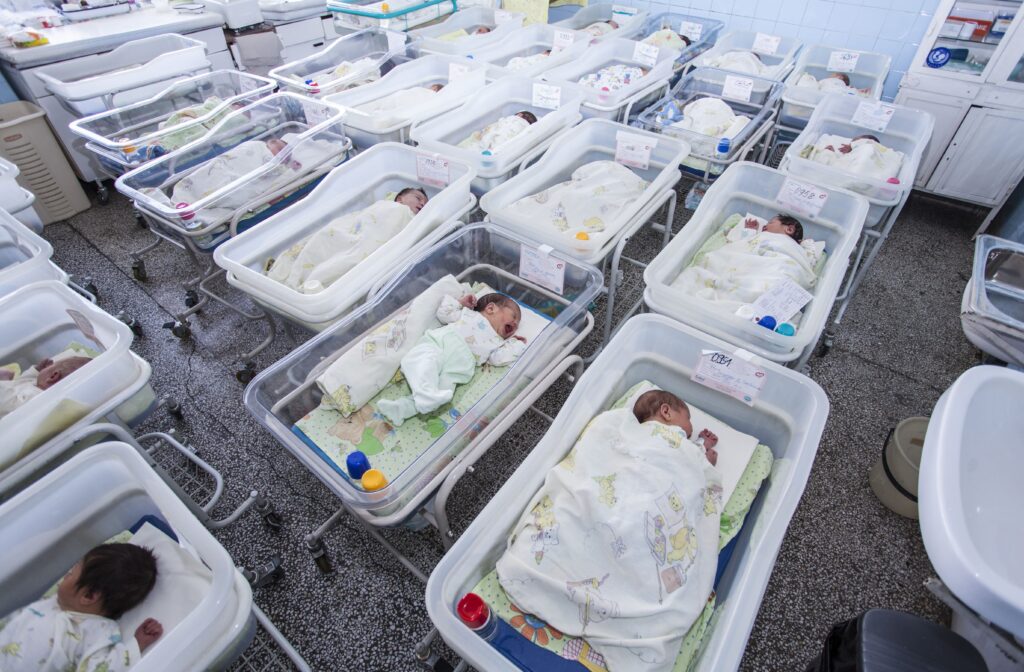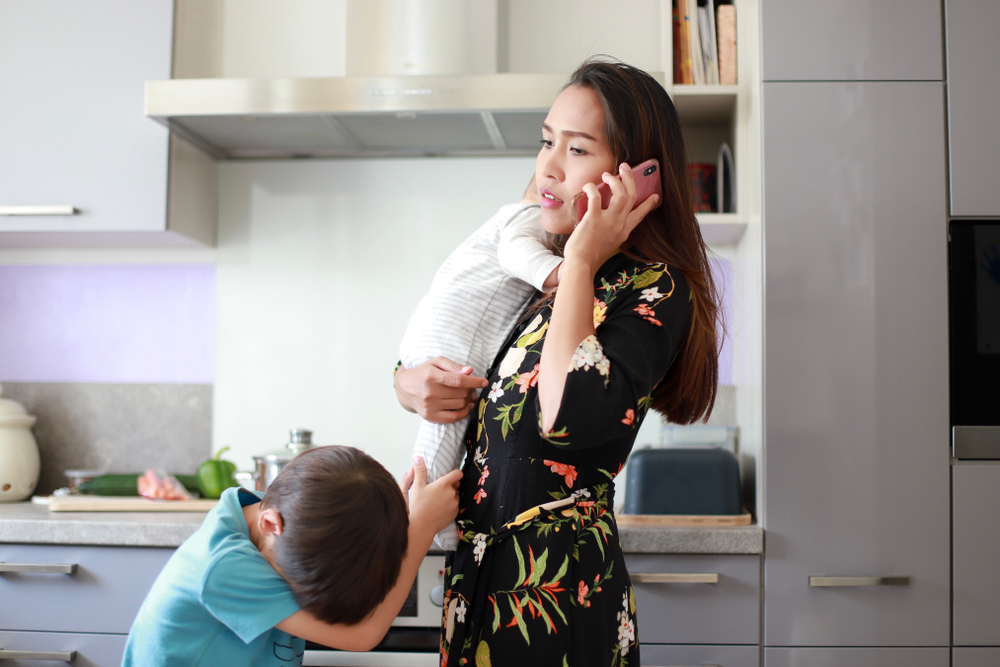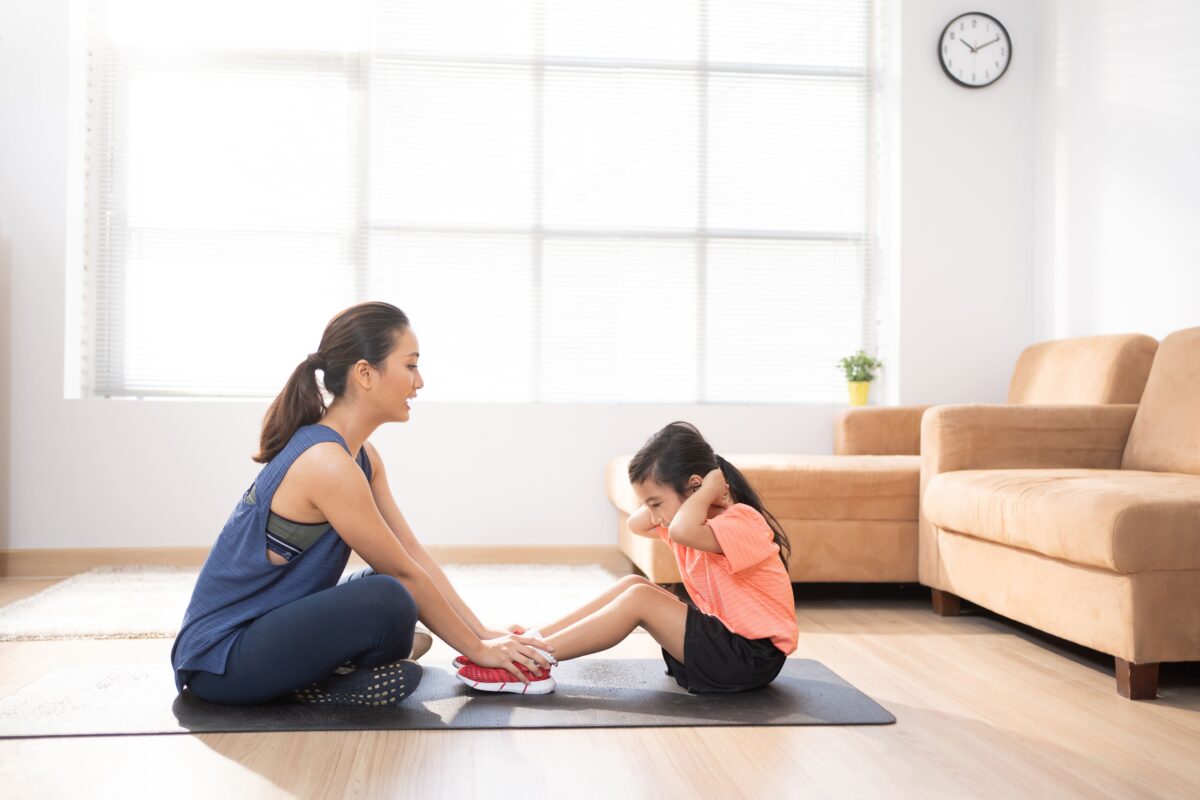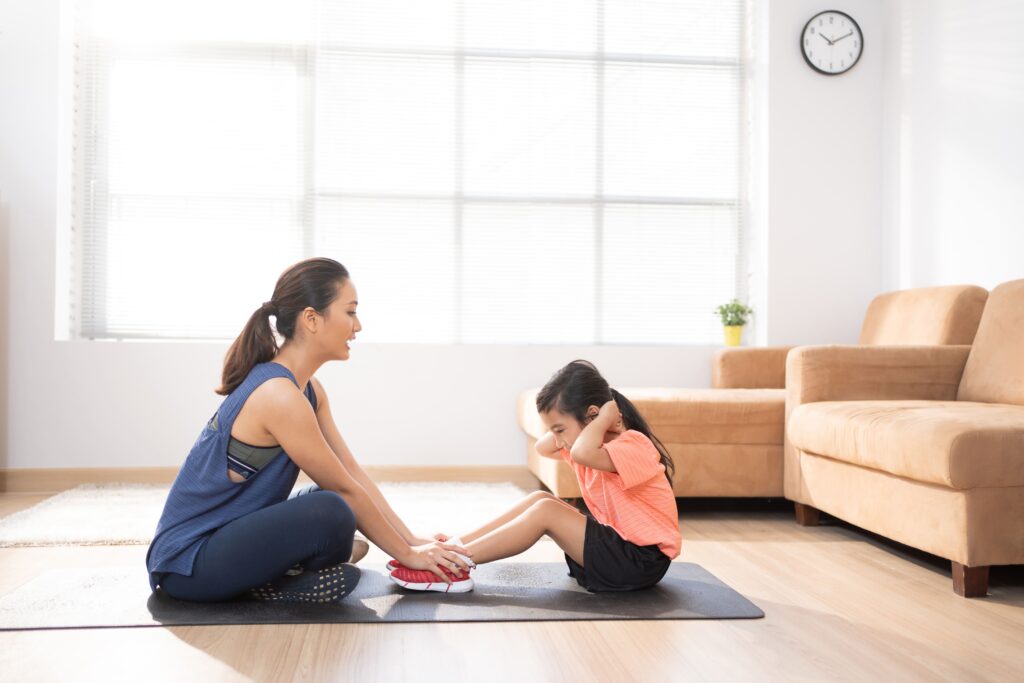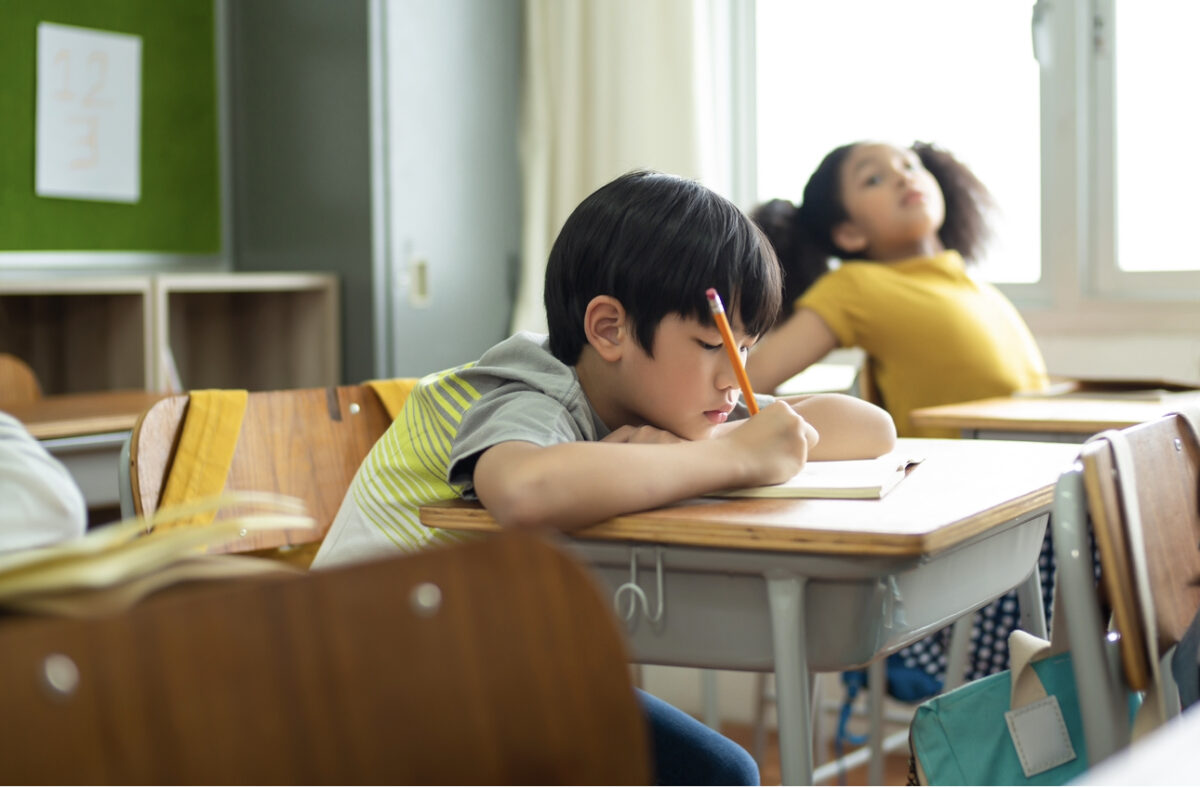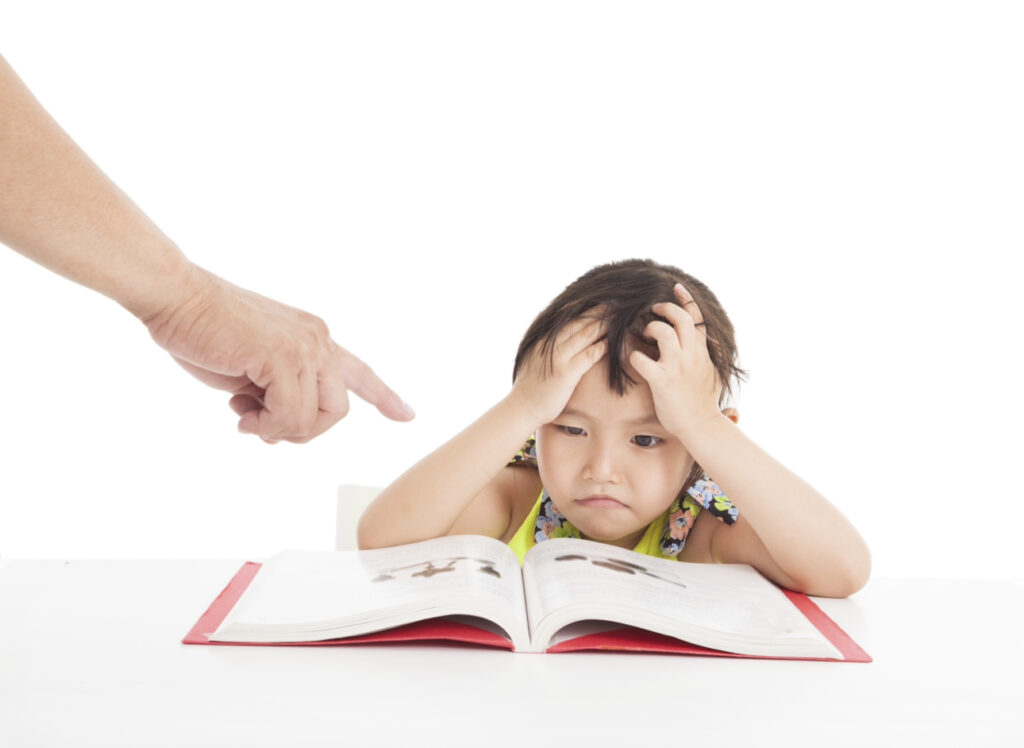school

Source: Registered Chinese medicine practitioner, Tsui Chak Cheong
If a child frequently experiences recurrent respiratory infections, such as frequent colds and coughs, from the perspective of Chinese medicine, it is also caused by deficiency of Qi in the lung and spleen and deficiency of the lung and spleen, leading to a weakened immune system. These children often feel tired due to lung qi deficiency and may lack energy when speaking. If they have spleen deficiency, they may experience loss of appetite or easily have diarrhea. From the Chinese medicine standpoint, the focus is on taking care of the lung and spleen, which involves nurturing their qi to enhance their resistance.
If a child has just recovered from an illness but quickly falls ill again or experiences recurrent respiratory infections, it falls under the category of recurrent respiratory infections. For example, after recovering from an illness, the child may catch another cold within one or two weeks, leading to another respiratory infection. From the Chinese medicine perspective, it can be determined as recurrent respiratory infections in children, where the frequency and number of illnesses are higher than average.
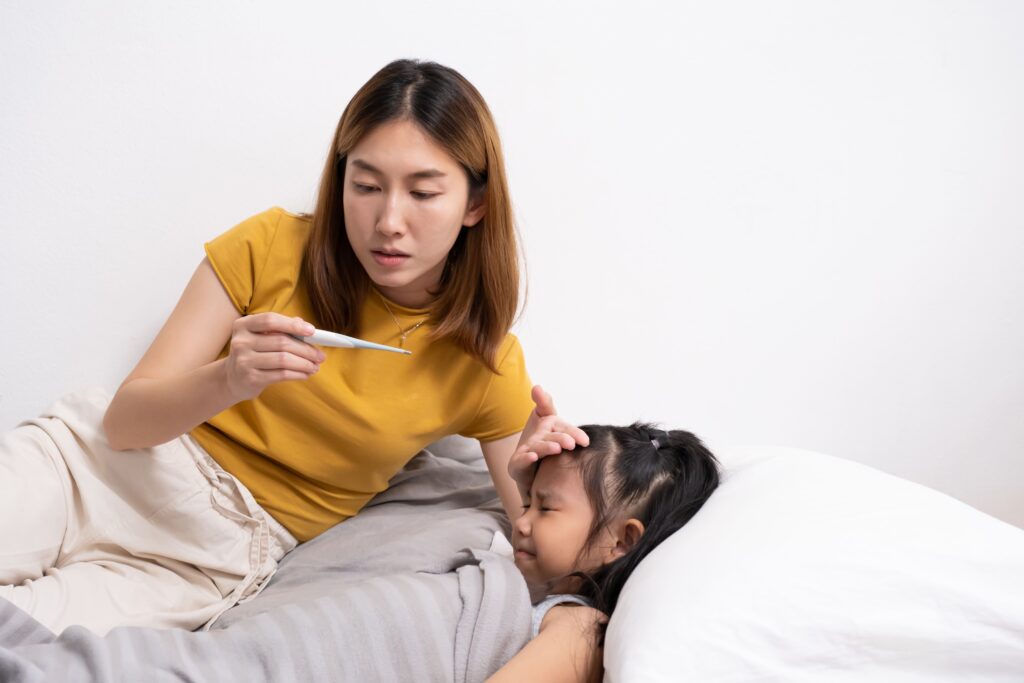
Or it could be that in the past, it wasn’t like this. Previously, you might have gotten sick three times a year, but this year, it’s possible that within just six months, you’ve already been falling ill every month or once every two weeks. In such cases, it’s possible that there are underlying issues with your child’s health.
How can diet effectively prevent colds? The key is to have a light and balanced diet, pay attention to nutrition, and maintain a proper balance between activity and rest. In daily meals, it’s important to consume more vitamin C and vitamin A to strengthen the body’s immune system. Parents can prepare carrot soup and try to minimize the consumption of fried, heavily seasoned, and hard-to-digest foods for children because their digestive capacity is still weak, which is a characteristic of spleen deficiency. If children frequently consume fast food or indulge in hard-to-digest and highly seasoned snacks, their bodies may accumulate phlegm and heat. This accumulation, combined with the invasion of external pathogenic factors, can create a susceptibility to frequent colds.

If you want recommended soup, there is a type of soup called “Yukpingfung San.” The main ingredients of it are astragalus, white atractylodes, and saposhnikovia root. When preparing the soup, we can use these three medicinal herbs along with a lean meat and a few honey dates.





